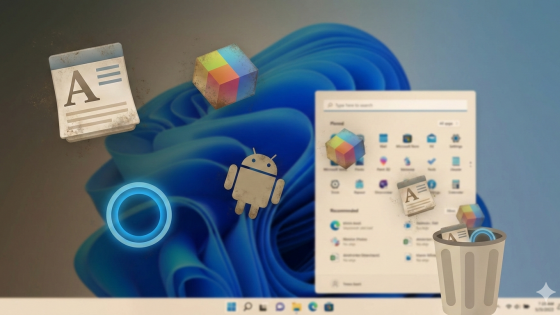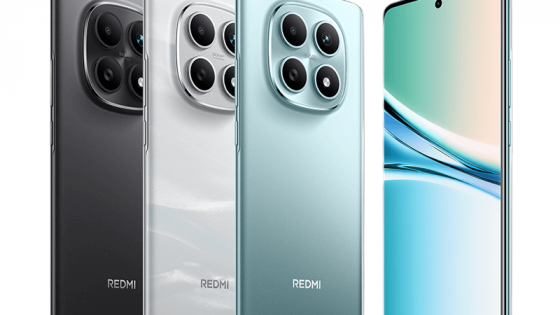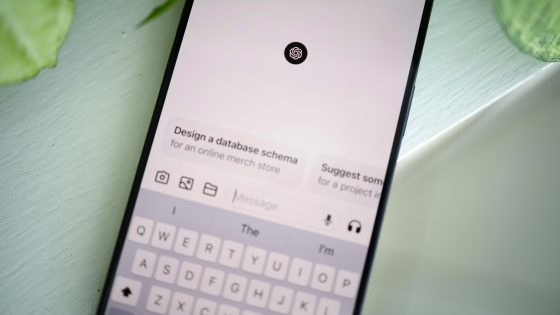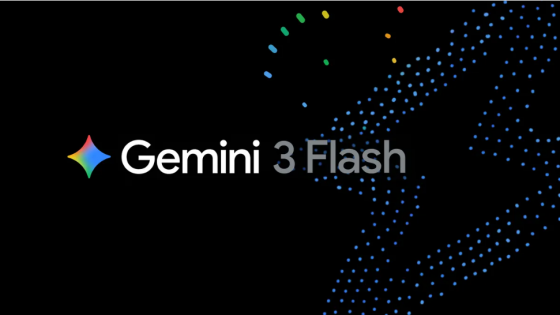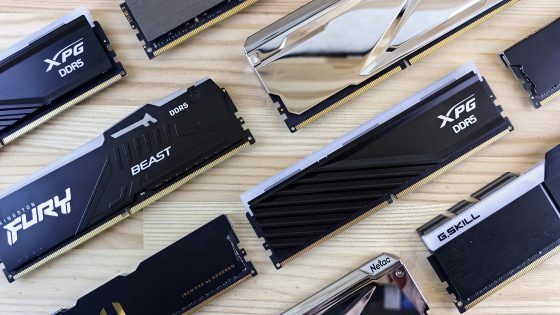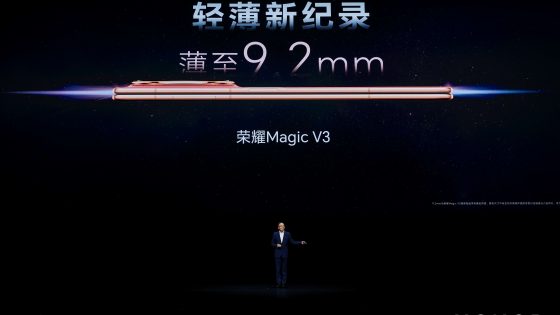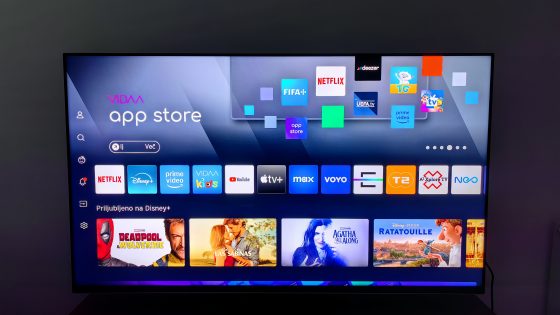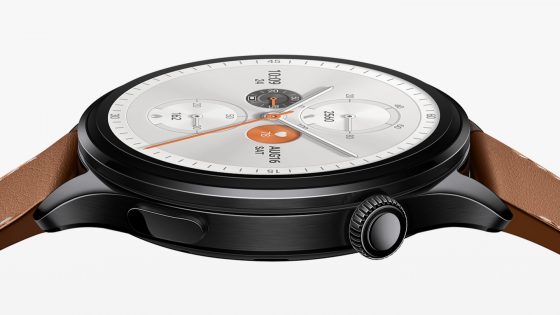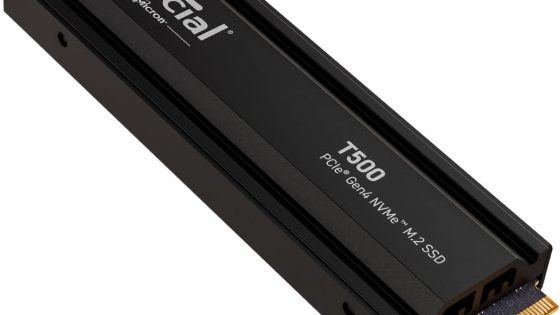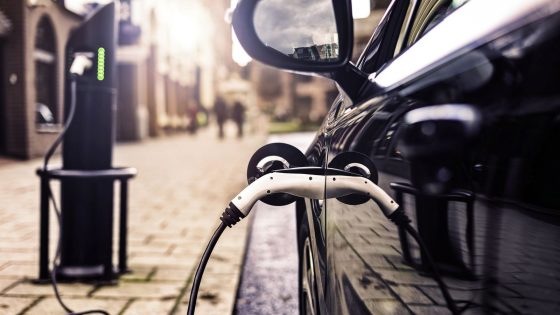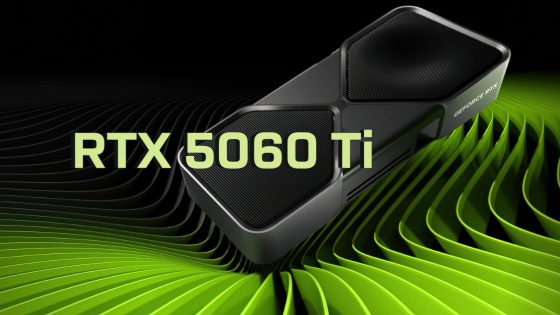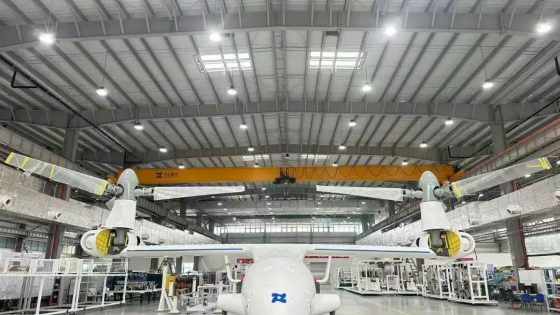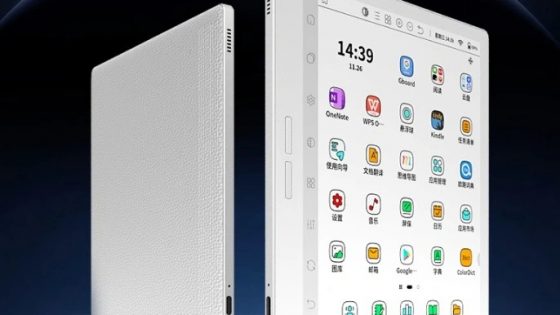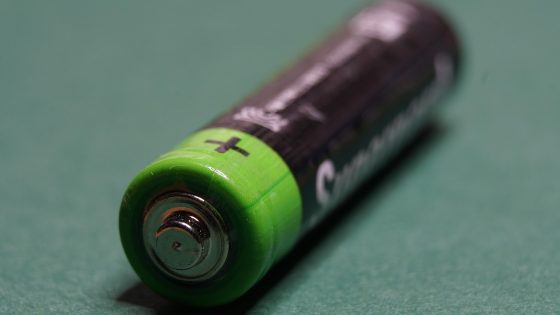Xiaomi launched the new HyperOS system - the beginning of the end for MIUI
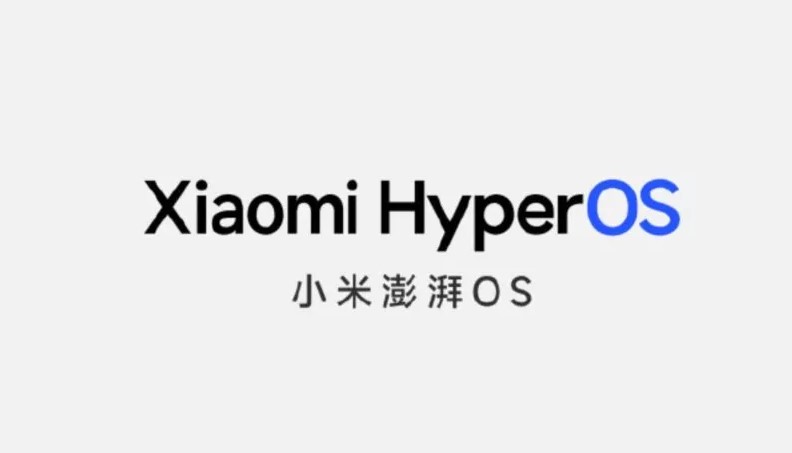
Xiaomi makes excellent and, above all, diverse phones. Their brand or sub-brand can be found in all price ranges. In the lower and middle classes, Redmi and POCO phones dominate, but in the upper middle and premium class, this year's Xiaomi 13 (Pro) and Xiaomi 13T (Pro) are completely equal to the other competitors. They also have Black Shark gaming phones under their umbrella, but they are less known among users and are also not available in Slovenia.
In 2021, Xiaomi managed to climb on its own the pinnacle of mobile telephony. In June 2021, they recorded the highest number of phones sold among all competitors. Although the triumph was short but sweet (Samsung quickly took over its primacy), it was a testament to the potential of the Chinese brand, which well filled the gap left behind by Huawei.
Since then, Xiaomi has not recorded record results, and most users were dissatisfied with their MIUI operating system. After many years of using their interface, I can say that I cannot share the opinion. As with any system, it is necessary to get used to certain functions and forget about those that are not integrated into it. Usually MIUI also features a good amount of software cover that needs to be removed manually, but on the other hand, they have the easiest way to root the phone.
Many compared it to Apple's iOS, saying that it too blatantly copied some of its features, although we all know that all manufacturers "borrow" features from each other and present them as their own.
Whether you're happy with MIUI or not is irrelevant now. Xiaomi has announced its end. HyperOS, which Xiaomi CEO Lei Jun said has been in development since 2017, is coming in November or December, when the new Xiaomi 14 phones are announced. We can expect the system to be launched on other phones soon after – first in China and then in other markets, including Europe and Slovenia.
HyperOS is also expected to be integrated into Xiaomi's electric cars, which are expected to be ready for mass production in 2024. At the beginning, they are supposed to produce up to 300,000 electric cars per year. The factory will be based in Beijing.
The Xiaomi director says that HyperOS is focused on hyper performance, smooth operation and connectivity. Let us remind you that Xiaomi is present everywhere. It makes household appliances, robot assistants, phones, headphones, shavers... HyperOS is expected to better integrate into the world of smartphones and Internet of Things (AIoT) devices. MIUI 14 and older versions will continue to receive patches, as previously promised by Xiaomi. Even their latest vow to be phones Xiaomi 13T and Xiaomi 13T Pro received 4 Android upgrades, remains.
HyperOS is said to be redeveloped from the ground up, although judging by the first photos we can still expect some similarities with the existing MIUI. HyperOS is supposed to be a merger of Android and Xiaomi's own system “Vela”, which is used for Internet of Things devices (smart home devices, cameras, sensors, etc.)
What will the new HyperOS look like?
As always, there are whistleblowers or miners who comb through every data corner to get hold of confidential information. In this case, they found some system apps that are ready to be installed on the new HyperOS, as well as some screenshots of the new GUI. The information was revealed on the Telegram channel Xiaomi HyperOS.
For now, this is unofficial information, so the final appearance may still change concretely. If you plan to install apps, do so with great care.
We can expect a redesigned control panel, notification panel and shortcuts.
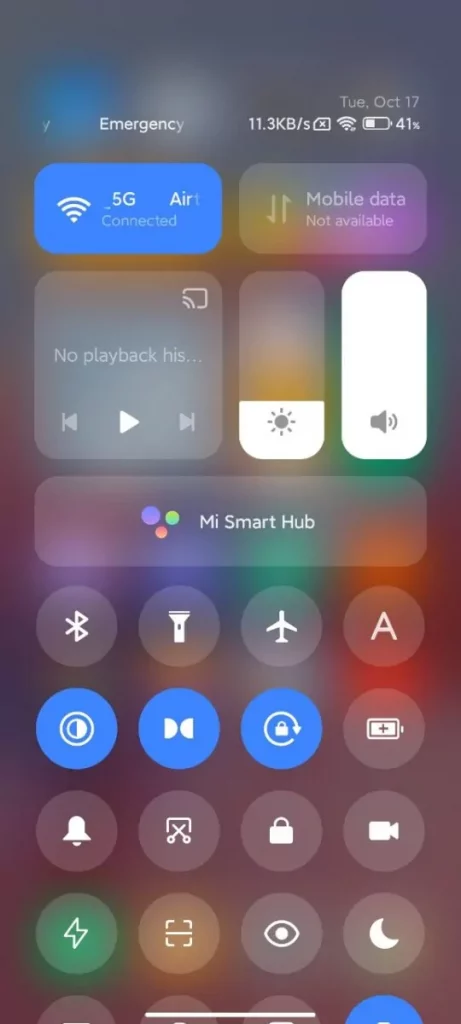
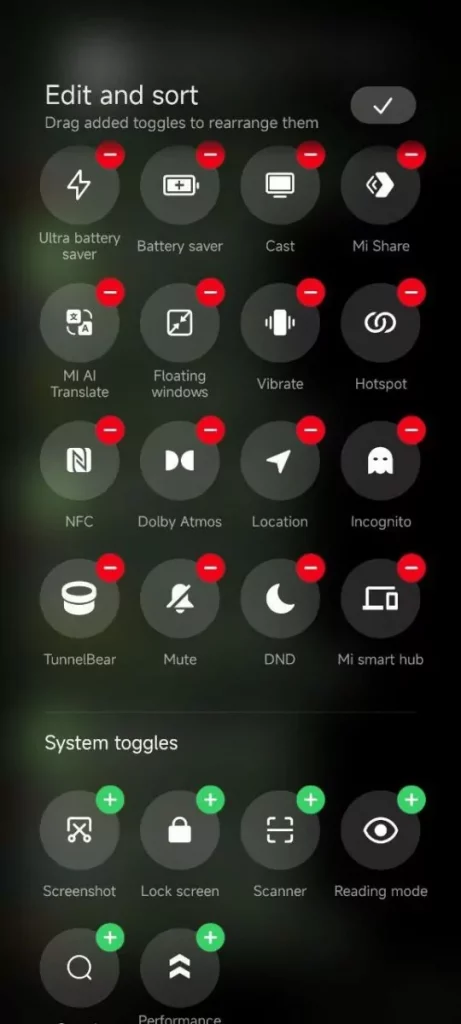
The security section in the settings has also undergone some changes – mainly with new icons and some new features.

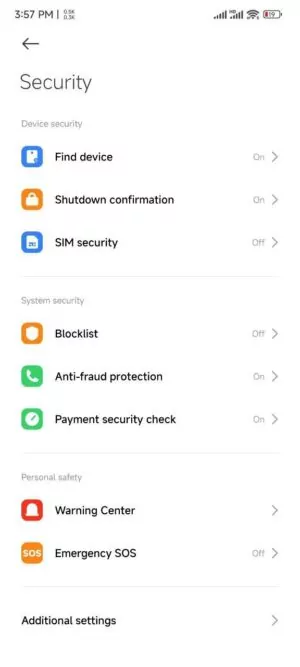
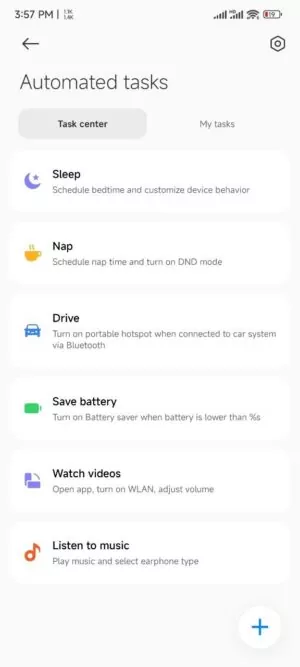
Other applications (File Manager, Weather, Messages, Gallery...) at first glance only got a minor facelift.

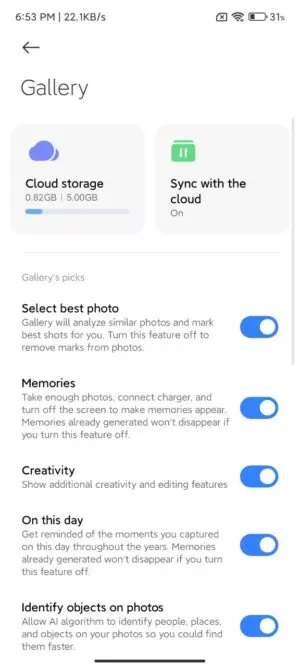

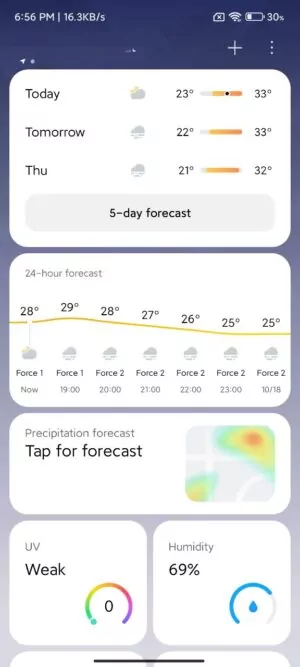

We can expect more changes in the section Themes and wallpapers, which has always been the strongest point of Xiaomi phones. Users noticed some new styles for the lock screen and some settings for deeper personalization of the screen.
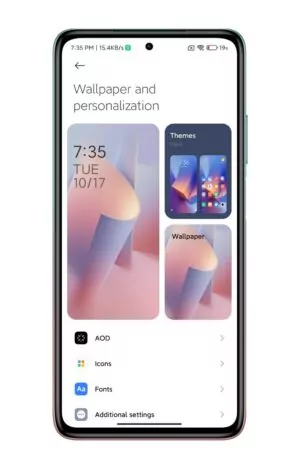

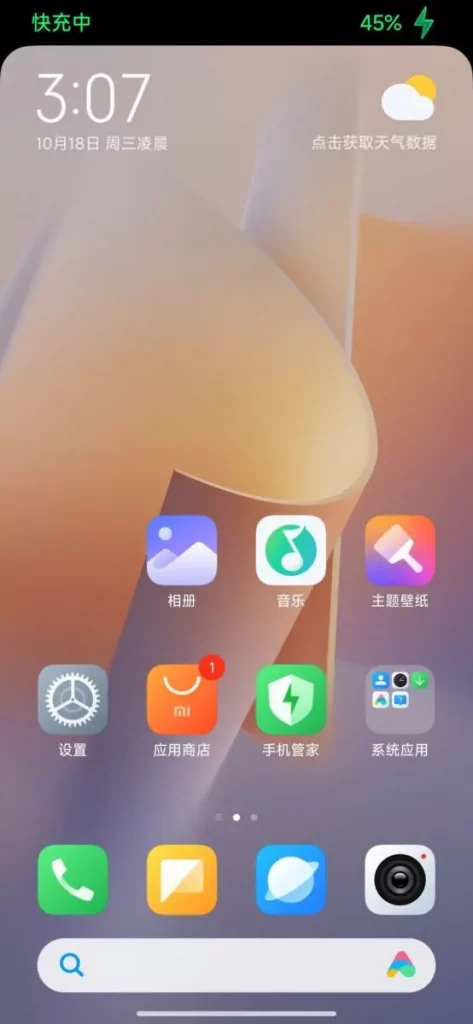
The charging animation and the transition animation between the locked and always-on screen have also changed.
For now, we can see a lot of similarities with the existing MIUI system, but of course we don't know exactly what they have changed behind the scenes: how responsive it will be, whether there will be new features (such as a new way to project to an external screen, similar to Samsung Dex) and similarly.
The first photos of the new Xiaomi 14 (Pro) have also been revealed
Recently, the first renderings of the upcoming premium phones Xiaomi 14 and Xiaomi 14 Pro, which will be the first to receive the new HyperOS system, were also leaked online. Judging by the photos, Xiaomi opted for more symmetrical shapes and forgot about curvature. The edges or sides of the phone are completely flat, and the screen is no longer curved, but just a flat surface, similar to the iPhone 15 Pro Max. The Samsung Galaxy S24 is also expected to adopt the same design next year.
The new Xiaomi phone is said to have a 6.6-inch display with a 120Hz refresh rate. It will definitely be OLED, but information about color gamut, brightness, etc. has not been revealed for now. Given that the Xiaomi 13T, 13T Pro and 13 Ultra have screens with 2600 nits of brightness, we can expect something similar from the Xiaomi 14.
The focus is more than obviously on the cameras. At the back, there is a framework with four huge sensors and two LED flashes. The frame quite literally prays outside the case, which is a testament to the size of the sensors. Xiaomi 13 Pro for example, it had a 1-inch sensor on the main camera, which performed perfectly. In all likelihood, they will keep this sensor or install an even bigger one.
The phones are also expected to feature the new Snapdragon 8 Gen 3 processor, at least 12GB of RAM, and fast charging between 66W and 120W, possibly more.
Their official release is very close, so we expect more information in the month of November.




